Industrial Control Systems (ICS) are the backbone of modern manufacturing, utilities, and infrastructure. From power plants to water treatment facilities, these systems orchestrate complex processes that keep our world running. But these critical systems are increasingly vulnerable to cyber threats and operational disruptions. Traditional IT monitoring tools often fall short in the specialized world of ICS, leaving a significant gap in visibility and security. That’s where Remote Monitoring and Management (RMM) platforms come into play, offering a powerful solution for proactively managing and securing these vital assets.
While RMM is a well-established practice in the IT world, extending its capabilities to ICS environments requires a strategic approach. It’s not just about plugging in another piece of software; it’s about understanding the unique challenges of ICS, including legacy systems, proprietary protocols, and stringent regulatory requirements. Successfully integrating RMM into ICS means bridging the gap between IT and OT (Operational Technology), fostering collaboration, and implementing security measures tailored to the specific needs of the industrial environment. This guide will explore how RMM can be leveraged to enhance the reliability, security, and efficiency of your ICS operations.
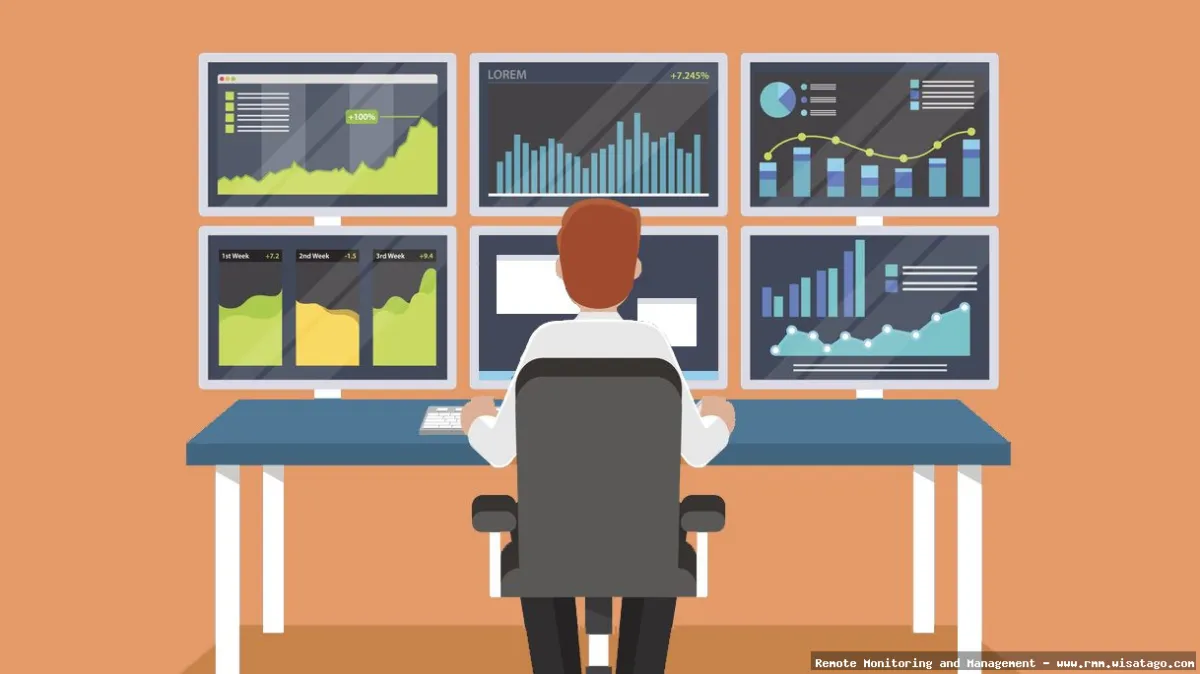
Think of RMM as a vigilant guardian for your ICS. It’s constantly monitoring the health and performance of your devices, alerting you to potential problems before they escalate into costly downtime or security breaches. But beyond simple monitoring, RMM provides a centralized platform for managing updates, patching vulnerabilities, and enforcing security policies across your entire ICS infrastructure. In essence, RMM empowers you to proactively manage your ICS, reducing risk, improving efficiency, and ensuring the continuity of critical operations. So, let’s dive into the details of how RMM can transform your approach to ICS management.
Understanding Industrial Control Systems (ICS)
Before we delve into the specifics of RMM for ICS, it’s crucial to understand what ICS encompasses. An ICS is a collective term that includes various types of control systems used in industrial production, such as:
- Supervisory Control and Data Acquisition (SCADA) systems: These systems are used to control geographically dispersed assets, often in industries like utilities and oil & gas.
- Distributed Control Systems (DCS): DCS systems are typically used in process industries like chemical manufacturing and pharmaceuticals to control complex processes.
- Programmable Logic Controllers (PLCs): PLCs are used to automate specific tasks in a wide range of industries, from manufacturing to transportation.
- Human-Machine Interfaces (HMIs): HMIs provide operators with a visual interface to monitor and control the ICS.
These systems often operate in real-time and are critical to the safe and efficient operation of industrial processes. They also frequently involve a mix of legacy hardware and software, which can present unique challenges for monitoring and security.
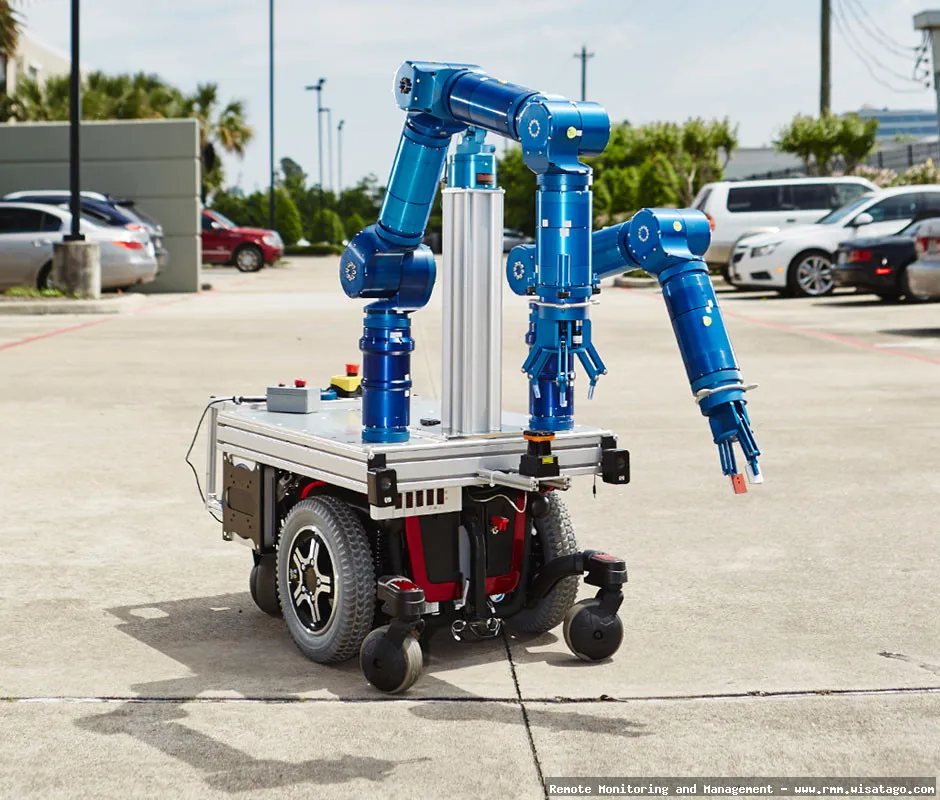
The Unique Challenges of Monitoring ICS Environments
Monitoring ICS environments differs significantly from monitoring traditional IT systems. Here are some key challenges:
- Legacy Systems: Many ICS environments rely on older systems that were not designed with modern security practices in mind. These systems may lack support for standard monitoring protocols and may be vulnerable to known exploits.
- Proprietary Protocols: ICS often use proprietary communication protocols that are not easily understood by standard IT monitoring tools. This requires specialized tools and expertise to effectively monitor these systems.
- Real-time Requirements: ICS operate in real-time, meaning that any delays in monitoring or response can have serious consequences. Monitoring tools must be able to provide timely and accurate information without disrupting the operation of the ICS.
- Safety Criticality: ICS are often responsible for controlling safety-critical processes. Any disruption or malfunction can have serious consequences for human safety and the environment.
- Regulatory Compliance: Many industries that rely on ICS are subject to strict regulatory requirements, such as NERC CIP for the power industry. Monitoring tools must be able to help organizations meet these requirements.
The Role of RMM in ICS Monitoring
RMM platforms offer a centralized solution for monitoring and managing IT infrastructure. By extending RMM capabilities to ICS environments, organizations can gain a comprehensive view of their entire IT and OT landscape. RMM can help address the unique challenges of monitoring ICS by providing:
- Centralized Monitoring: RMM provides a single pane of glass for monitoring all IT and OT assets, simplifying management and improving visibility.
- Proactive Alerts: RMM can be configured to alert administrators to potential problems before they escalate into serious issues.
- Remote Access and Control: RMM allows administrators to remotely access and control ICS devices, enabling faster troubleshooting and resolution. However, this capability must be carefully implemented with strict security controls in place to prevent unauthorized access.
- Patch Management: RMM can automate the process of patching vulnerabilities in ICS devices, reducing the risk of cyberattacks.
- Reporting and Analytics: RMM provides detailed reporting and analytics on ICS performance, helping organizations identify trends and optimize operations.
Key Features of RMM Solutions for ICS
When selecting an RMM solution for ICS, consider the following key features:
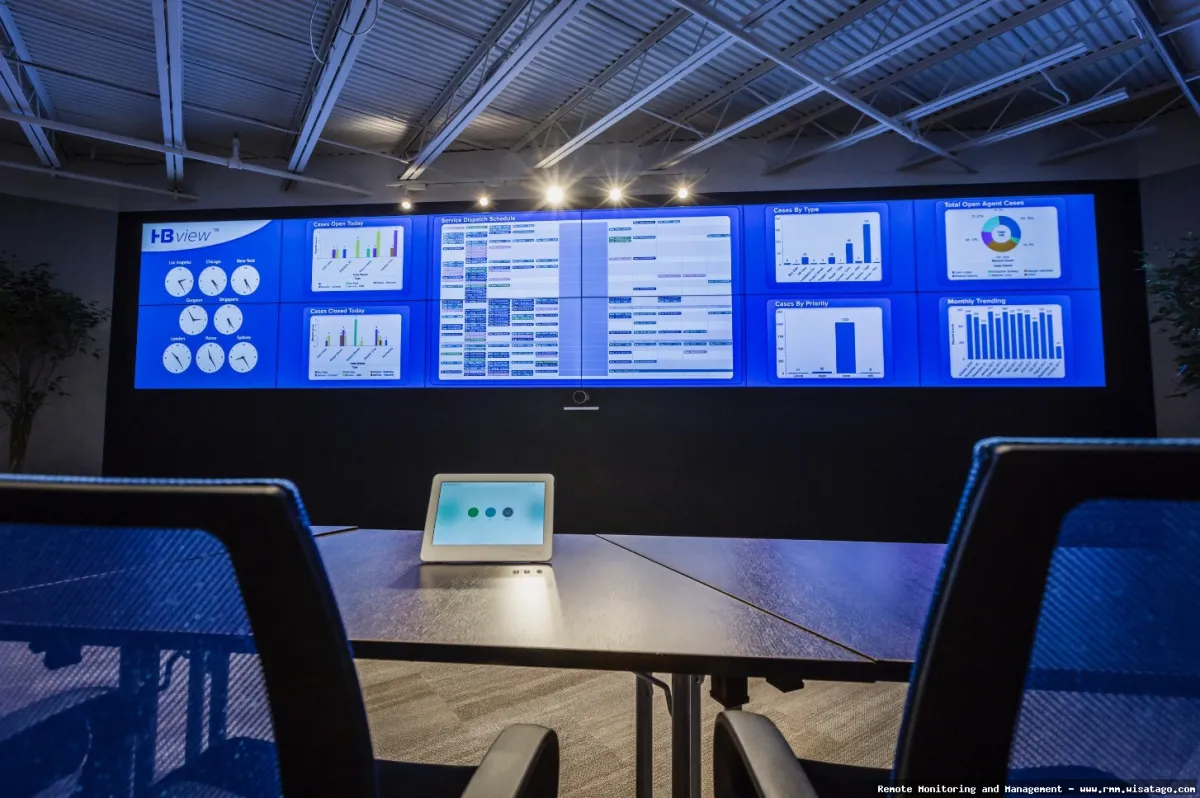
. For more information, you can refer to RMM as an additional resource.
- Protocol Support: The RMM solution should support the specific protocols used in your ICS environment, such as Modbus, DNP3, and OPC.
- Agentless Monitoring: Agentless monitoring can be beneficial in ICS environments where installing agents on critical devices is not feasible or desirable.
- Security Hardening: The RMM solution should be designed with security in mind and should be hardened against cyberattacks.
- Role-Based Access Control (RBAC): RBAC allows you to control who has access to which features and devices within the RMM platform, ensuring that only authorized personnel can make changes to the ICS.
- Integration with Security Information and Event Management (SIEM) systems: Integration with a SIEM system allows you to correlate security events from the RMM platform with other security data sources, providing a more comprehensive view of your security posture.
- Compliance Reporting: The RMM solution should provide reports that can help you demonstrate compliance with relevant regulations.
Benefits of Implementing RMM for ICS
Implementing RMM in your ICS environment offers a multitude of benefits:
- Improved Uptime: Proactive monitoring and alerting help prevent downtime by identifying and resolving issues before they impact operations.
- Enhanced Security: Automated patch management and vulnerability scanning reduce the risk of cyberattacks.
- Reduced Costs: Remote access and control enable faster troubleshooting and resolution, reducing the need for on-site visits.
- Increased Efficiency: Centralized management and reporting streamline operations and improve decision-making.
- Better Compliance: RMM helps organizations meet regulatory requirements by providing detailed audit trails and compliance reports.
Real-World Use Cases
Here are some examples of how RMM can be used in real-world ICS environments:
- Monitoring power grid infrastructure: RMM can be used to monitor the health and performance of substations, transmission lines, and other critical infrastructure components, ensuring the reliable delivery of electricity.
- Managing water treatment plants: RMM can be used to monitor the levels of chemicals in water, the performance of pumps and filters, and other critical parameters, ensuring the safety and quality of drinking water.
- Optimizing manufacturing processes: RMM can be used to monitor the performance of machines, the flow of materials, and other key metrics, helping manufacturers optimize their production processes and reduce waste.
- Securing oil and gas pipelines: RMM can be used to monitor pipeline pressure, flow rates, and other critical parameters, detecting leaks and preventing accidents.
Challenges and Considerations
While RMM offers significant benefits for ICS monitoring, there are also challenges and considerations to keep in mind:
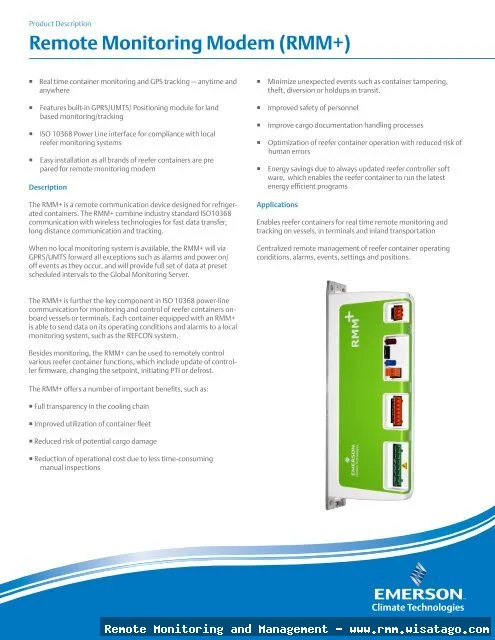
- Network Segmentation: Properly segmenting your ICS network from your corporate IT network is crucial to prevent cyberattacks from spreading from one network to the other. RMM should be implemented in a way that respects this segmentation.
- Change Management: Any changes to the ICS environment, including the implementation of RMM, should be carefully planned and tested to avoid disrupting operations.
- Security Controls: Strict security controls should be implemented to prevent unauthorized access to the RMM platform and the ICS devices it monitors.
- Training: IT and OT personnel should be properly trained on how to use the RMM platform and how to respond to alerts.
- Vendor Selection: Choosing the right RMM vendor is critical to success. Look for a vendor with experience in ICS environments and a strong commitment to security.
Addressing Security Concerns
Security is paramount when implementing RMM in ICS environments. Here are some specific security measures to consider:
- Multi-Factor Authentication (MFA): Enforce MFA for all users accessing the RMM platform.
- Least Privilege Access: Grant users only the minimum level of access they need to perform their job duties.
- Regular Security Audits: Conduct regular security audits of the RMM platform and the ICS environment.
- Intrusion Detection and Prevention Systems (IDPS): Implement IDPS to detect and prevent malicious activity on the network.
- Endpoint Protection: Deploy endpoint protection software on all ICS devices.
- Regular Patching: Keep the RMM platform and all ICS devices patched with the latest security updates.
Conclusion
Implementing RMM for ICS monitoring is a strategic investment that can significantly improve the reliability, security, and efficiency of your industrial operations. By providing a centralized platform for monitoring, managing, and securing your ICS infrastructure, RMM empowers you to proactively address potential problems, reduce risk, and ensure the continuity of critical processes. However, it’s crucial to approach RMM implementation with careful planning, robust security measures, and a thorough understanding of the unique challenges of ICS environments. By addressing these challenges and leveraging the capabilities of a well-chosen RMM solution, you can unlock the full potential of your ICS and achieve significant operational benefits.
The key takeaway is that RMM isn’t just about technology; it’s about bridging the gap between IT and OT, fostering collaboration, and creating a culture of proactive security. It’s a journey, not a destination, and requires continuous monitoring, adaptation, and improvement to stay ahead of evolving threats and operational challenges. Embracing RMM within your ICS strategy is a crucial step towards building a more resilient, secure, and efficient industrial future.
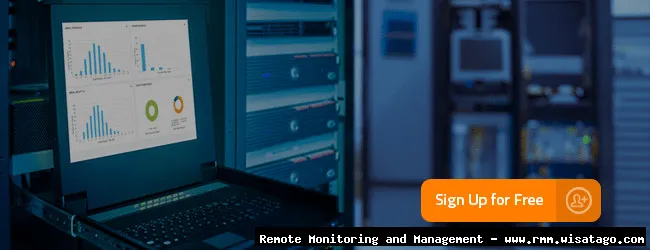
Conclusion
In conclusion, leveraging Remote Monitoring and Management (RMM) solutions for Industrial Control System (ICS) monitoring offers a significant advancement in operational efficiency, security, and proactive maintenance. The ability to remotely access, diagnose, and manage ICS components, combined with real-time data analysis and automated alerts, provides unparalleled visibility into the health and performance of critical infrastructure. This approach not only minimizes downtime and reduces the need for costly on-site interventions, but also strengthens an organization’s overall security posture by enabling rapid detection and response to potential threats.
As industries increasingly rely on interconnected and complex ICS environments, the adoption of RMM solutions becomes not just advantageous, but essential. We have seen how integrating RMM offers a pathway to improved resilience and reduced operational costs. To further explore how RMM can benefit your specific ICS environment, we encourage you to contact our team for a personalized consultation. Discover how proactive monitoring and management can transform your industrial operations and safeguard your critical assets. Learn more at www.example.com/ics-rmm.
Frequently Asked Questions (FAQ) about Industrial Control System Monitoring via RMM
What are the key benefits of using a Remote Monitoring and Management (RMM) platform for monitoring my Industrial Control System (ICS) and what specific problems does it solve?
Using a Remote Monitoring and Management (RMM) platform for Industrial Control System (ICS) monitoring offers numerous benefits. Firstly, it provides real-time visibility into the health and performance of your ICS devices, allowing for proactive identification and resolution of potential issues before they lead to downtime or disruptions. Secondly, RMM platforms enable remote access and control, reducing the need for costly on-site visits and enabling faster response times. Thirdly, they automate tasks like patch management, software updates, and security scans, improving overall system security and compliance. Finally, RMM tools help with asset management, providing a centralized inventory of all ICS components and their configurations. This solves problems like unplanned downtime, security vulnerabilities, inefficient maintenance, and lack of visibility into system performance, ultimately optimizing operational efficiency and reducing costs.
How does implementing RMM software for Industrial Control System (ICS) monitoring improve cybersecurity posture and help in detecting and responding to potential threats?
Implementing RMM software significantly enhances the cybersecurity posture of your Industrial Control System (ICS). RMM platforms facilitate proactive threat detection by continuously monitoring system logs, network traffic, and device behavior for anomalies. They also automate patch management, ensuring that critical security updates are applied promptly to address known vulnerabilities. Furthermore, RMM systems often integrate with threat intelligence feeds, providing early warnings of emerging threats targeting ICS environments. When a potential threat is detected, RMM platforms enable rapid incident response through automated alerts, remote access for investigation, and the ability to isolate affected devices. By providing comprehensive visibility, automated security measures, and rapid response capabilities, RMM platforms play a crucial role in protecting ICS environments from cyberattacks and minimizing potential damage.
What are the key considerations when selecting an RMM solution for Industrial Control System (ICS) monitoring, especially regarding compatibility, security, and integration with existing OT infrastructure?
Selecting the right RMM solution for Industrial Control System (ICS) monitoring requires careful consideration of several factors. Compatibility is paramount; ensure the RMM platform supports the specific protocols and devices used in your OT environment (e.g., Modbus, OPC). Security is equally critical; the RMM solution should adhere to industry best practices and standards for secure remote access and data encryption, and ideally offer features like multi-factor authentication and role-based access control. Integration with existing OT infrastructure, such as SCADA systems and historians, is essential for a holistic view of system performance. Consider the RMM vendor’s experience in the ICS domain and their ability to provide specialized support and training. Finally, assess the RMM platform’s scalability, reporting capabilities, and compliance features to ensure it meets your long-term needs and regulatory requirements. Prioritizing these considerations will result in a more effective and secure ICS monitoring solution.